
Buses during the evacuation operation in Aleppo on Thursday: photo by Karam Al-Masri/Agence France-Presse, 15 December 2016

Buses during the evacuation operation in Aleppo on Thursday: photo by Karam Al-Masri/Agence France-Presse, 15 December 2016

An older man is evacuated from a rebel-held neighborhood of Aleppo, Syria, on Thursday: photo by Karam Al-Masri/Agence France-Presse, 15 December 2016

An older man is evacuated from a rebel-held neighborhood of Aleppo, Syria, on Thursday: photo by Karam Al-Masri/Agence France-Presse, 15 December 2016

#Assad forces won against those innocent people .. poor people #Aleppo people will face you in the judgment day: image via Ahmad Alkhatib @AhmadAlkhtiib, 15 December 2016

A bus carried families out of Aleppo on Thursday. The evacuation deal was reached between Russia, which backs the Syrian government, and Turkey, which supports the opposition.: photo by Karam Al-Masri/Agence France-Presse, 15 December 2016

A bus carried families out of Aleppo on Thursday. The evacuation deal was reached between Russia, which backs the Syrian government, and Turkey, which supports the opposition.: photo by Karam Al-Masri/Agence France-Presse, 15 December 2016
The evacuation process suspended for second time because of ceasefire
violation by Assad forces during evacuation [of] injure[d]: tweet via
baraa al halabi @baraaalhalabi, 16 December 2016
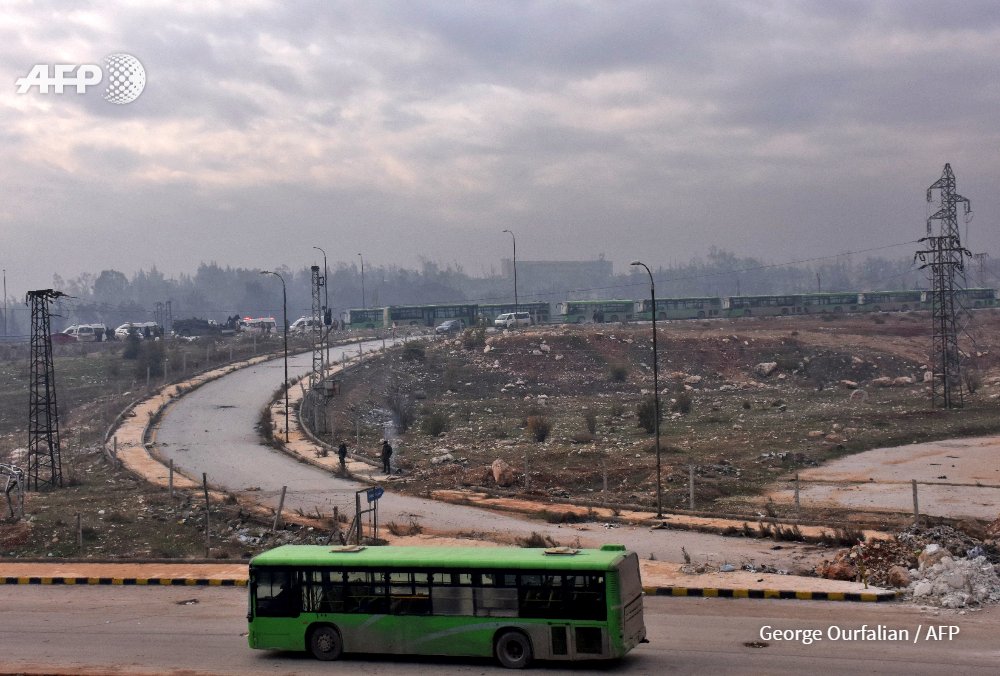
#Syria Buses are seen during an evacuation operation of rebel fighters and civilians in west #Aleppo #AFP Photo by George Ourfalian: image via AFP Photo Department @AFPphoto, 16 December 2016
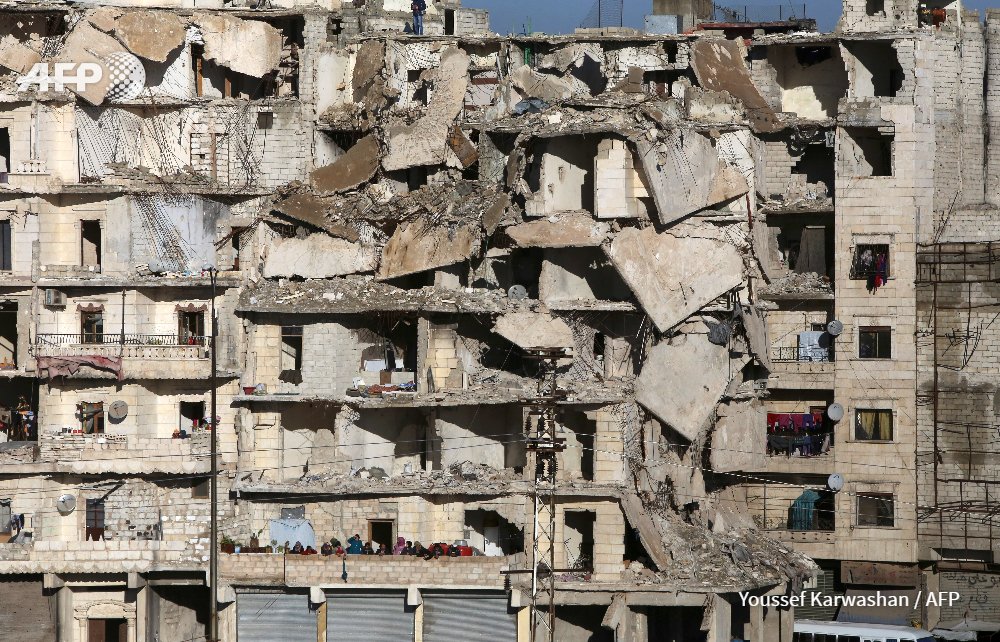
#Syria #Aleppo Salaheddin neighbourhood residents watch as buses evacuate rebel fighters yesterday #AFP Photo by @YoussefKarwasha: image via AFP Photo Department @AFPphoto, 16 December 2016

#Iran militias stop the convoy and kidnap 800 passengers from E #Aleppo #standwithaleppo: image via Ahmad Alkhatib @AhmadAlkhtiib, 16 December
2016

Hundreds of Families still waiting after the Shia militants blocked their way and refused to let them Go to W countryside of #Aleppo: image via Ahmad Alkhatib @AhmadAlkhtiib, 16 December 2016

This is the situation of the people who's still waiting for the Evacuation from East #Aleppo: image via Ahmad Alkhatib @AhmadAlkhtiib, 16 December 2016

Now I understand the words when he sang @KadimAlSahirORG .. exiled me and settled strangers in my place .. and destroyed all things .. : image via Ahmad Alkhatib @AhmadAlkhtiib, 16 December 2016

Look at their Eyes, and on the reflection on the glass You'll know why they escape because of the bombs that destroyed their future #Aleppo: image via Ahmad Alkhatib @AhmadAlkhtiib, 16 December 2016
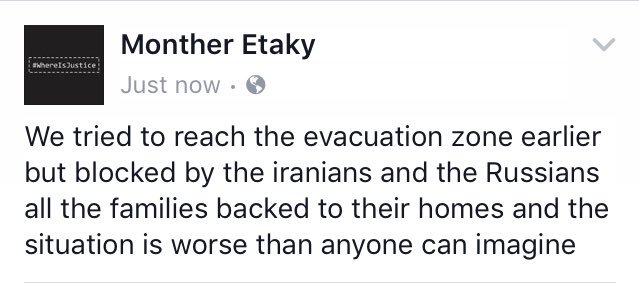
Horrific
situation today when we tried to just go out of our city, no Internet
in the city except mine, we need an immediate protection: image via Monther Etaky #montheretaky, 16 December 2016
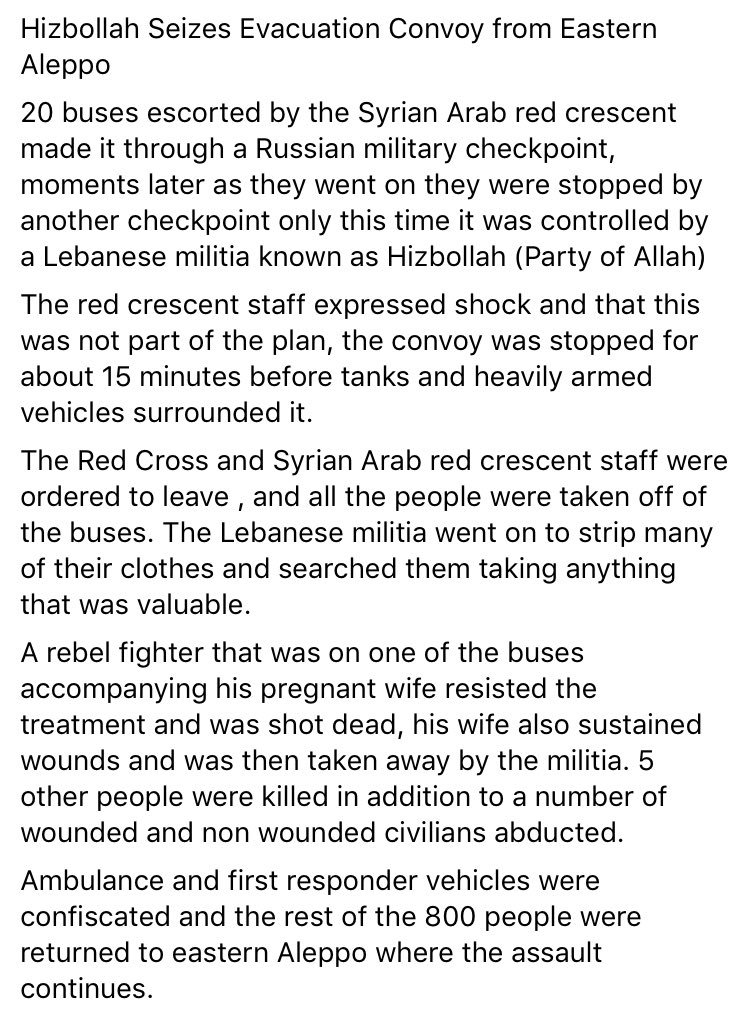
Lebanese Militia Interrupts evacuation process in eastern #Aleppo: image via Rami Jarrah @RamiJarrah, 16 December 2016

This
is what the #Assad and Shia militants do to the innocent people who's
been evacuated from #Aleppo Damn on this World They're civilians: image via Ahmad Alkhatib @AhmadAlkhtiib, 16 December 2016
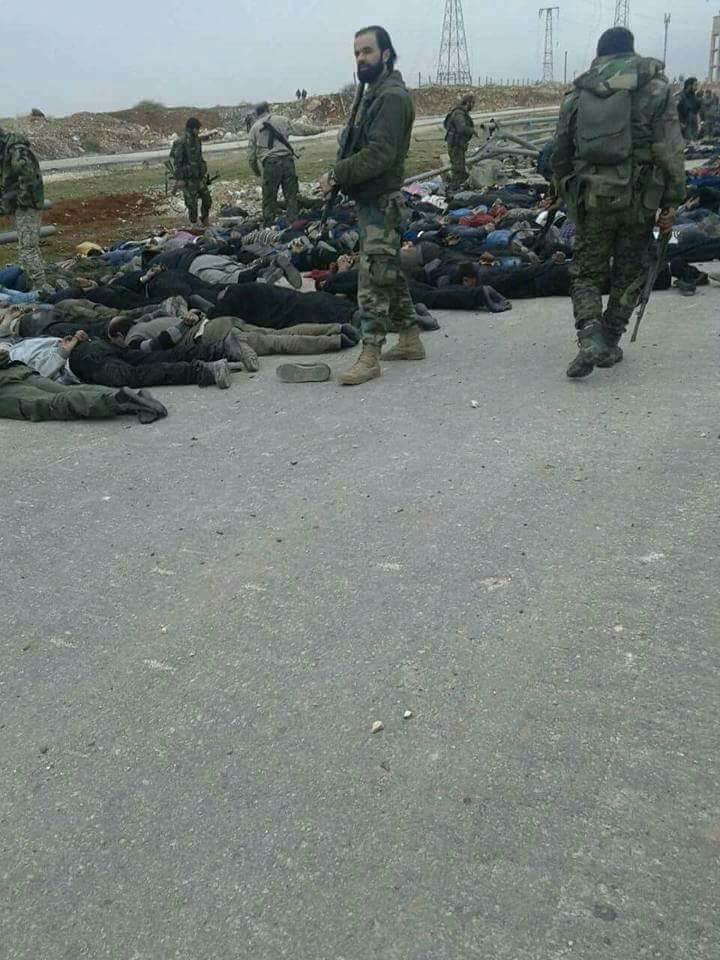
Said to show today's incident when pro-gov militia stopped convoy of evacuees from E. Aleppo. Geolocation checks out: Ramouseh.: image via Anne Barnard @ABarnardNYT, 16 December 2016


Said to show today's incident when pro-gov militia stopped convoy of evacuees from E. Aleppo. Geolocation checks out: Ramouseh.: image via Anne Barnard @ABarnardNYT, 16 December 2016

Russia before officially announced that their troops will guarantee the safety of all evacuees incl. Armed men.
Indeed I see how!: image via Rami Zien @Rami_Zien, 16 December 2016
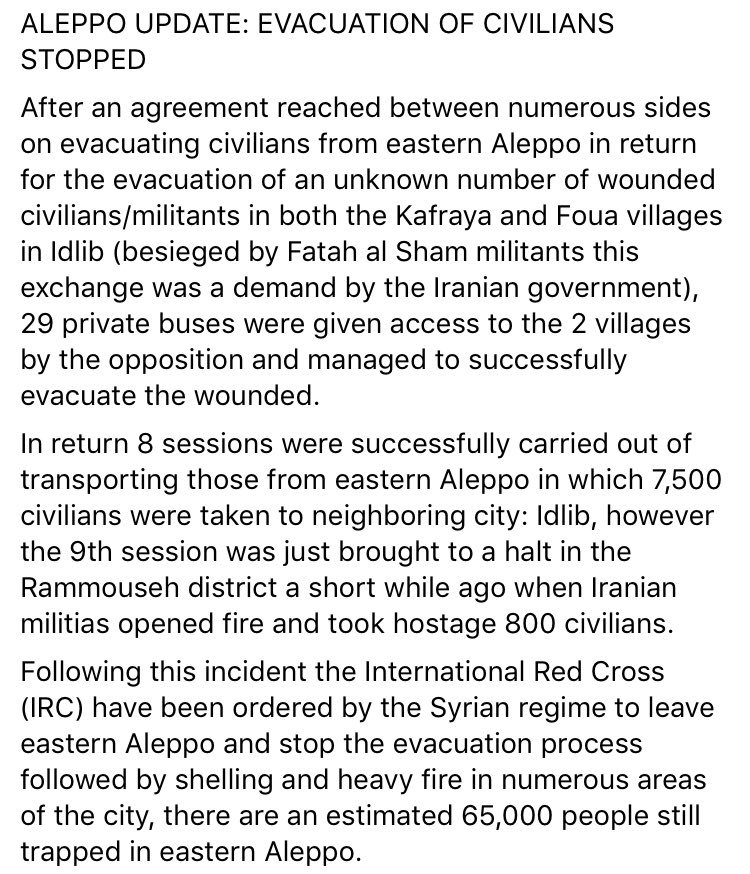
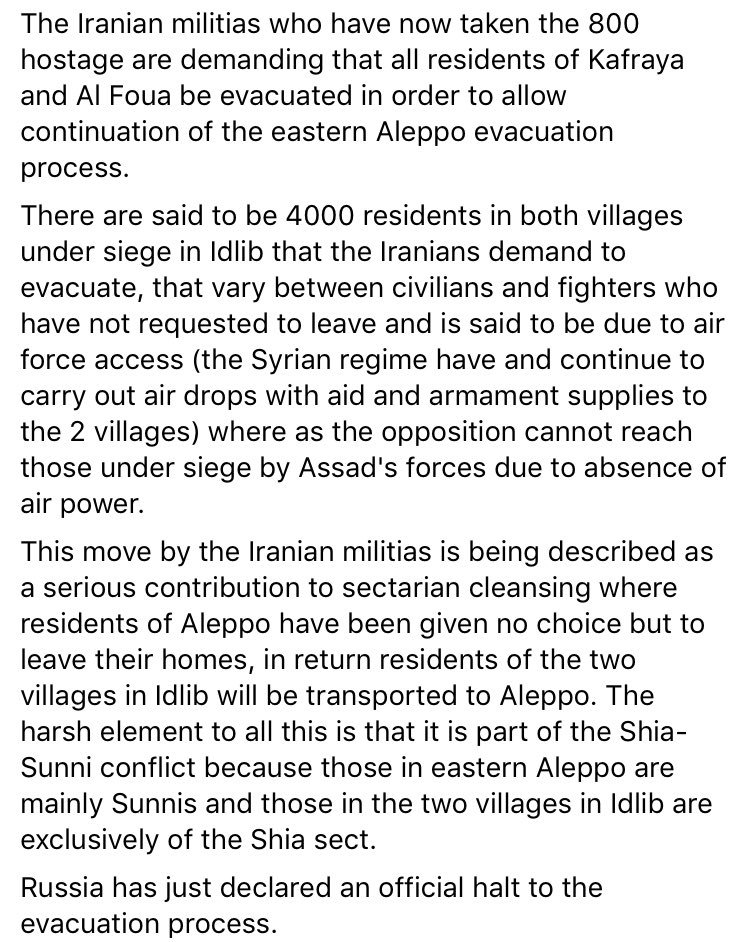
ALEPPO UPDATE: Evacuation process halted in Eastern #Aleppo: image via Rami Jarrah @RamiJarrah,, 16 December 2016
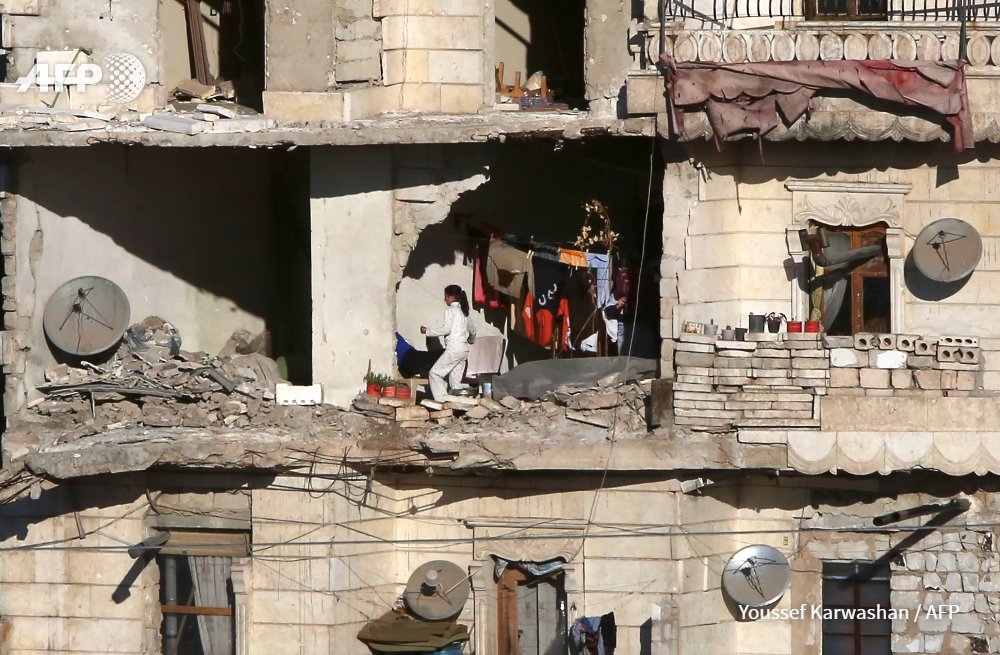
#Syria #Aleppo Salaheddin neighbourhood residents watch as buses evacuate rebel fighters yesterday #AFP Photo by @YoussefKarwasha: image via AFP Photo Department @AFPphoto, 16 December 2016

More and more of Syrian civilians are waiting the permission to cross the Ramosa border to the western countryside of the city. #Aleppo: image via Malek Alshemali @MalekAlshemali 15 December 2016

the evacuation process of the eastern part of #Aleppo: image via Malek Alshemali @MalekAlshemali 15 December 2016

Carrying his brother who was injured as a result of the latest attack by the regime's militants and Russian as well but survived! #Aleppo Photo by Malek Alshemali: image via Zouhir AlShimale @ZouhirAlShimale, 15 December 2016

#Aleppo evacuation: Al-Nusra and Nordeen Znki is preparing to leave with their cars now heading towards the rural tonight pic @MalekAlshemali: image via Zouhir AlShimale @ZouhirAlShimale, 15 December 2016

#Aleppo evacuation: Al-Nusra and Nordeen Znki is preparing to leave with their cars now heading towards the rural tonight pic @MalekAlshemali: image via Zouhir AlShimale @ZouhirAlShimale, 15 December 2016
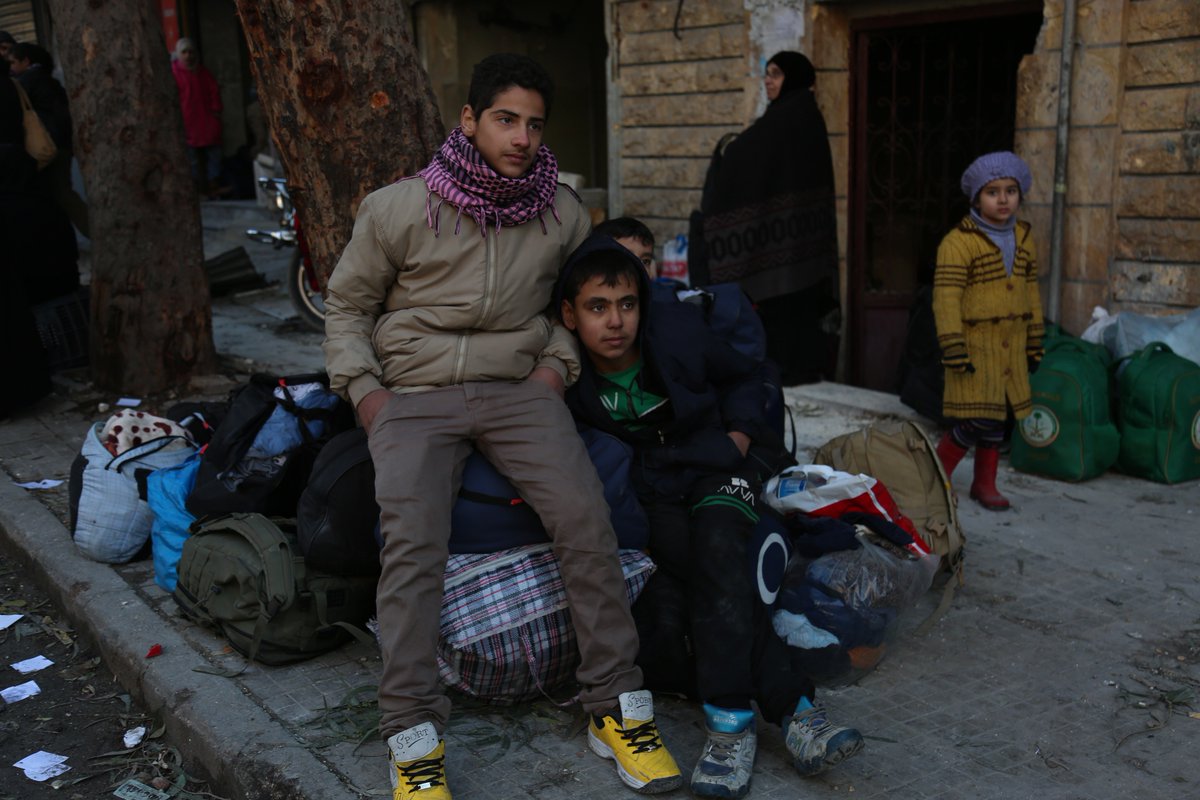
What the world would do with the humanitarian crises that's takin place now after being done from east #Aleppo once #Ironic #refugeecrisis: image via Zouhir AlShimale @ZouhirAlShimale, 15 December 2016
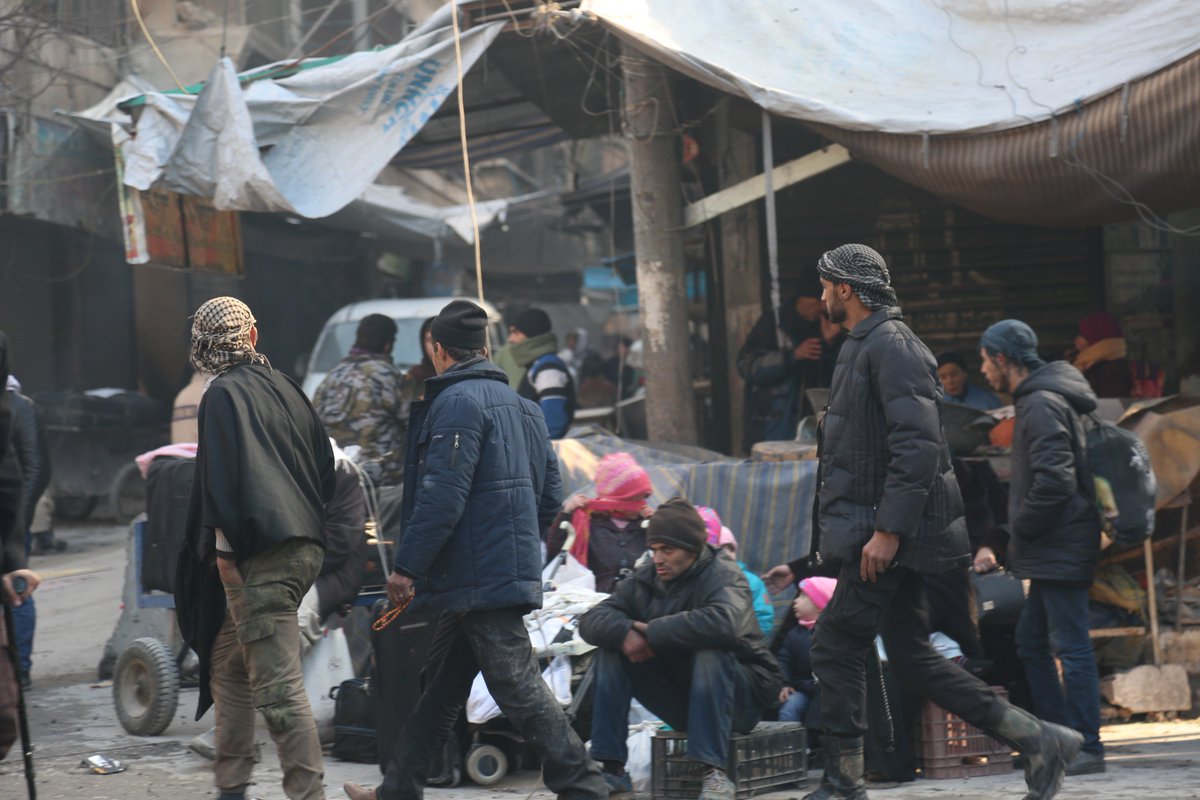
What the world would do with the humanitarian crises that's takin place now after being done from east #Aleppo once #Ironic #refugeecrisis: image via Zouhir AlShimale @ZouhirAlShimale, 15 December 2016

Carrying his brother who was injured as a result of the latest attack by the regime's militants and Russian as well but survived! #Aleppo Photo by Malek Alshemali: image via Zouhir AlShimale @ZouhirAlShimale, 15 December 2016

#Aleppo evacuation: Al-Nusra and Nordeen Znki is preparing to leave with their cars now heading towards the rural tonight pic @MalekAlshemali: image via Zouhir AlShimale @ZouhirAlShimale, 15 December 2016

#Aleppo evacuation: Al-Nusra and Nordeen Znki is preparing to leave with their cars now heading towards the rural tonight pic @MalekAlshemali: image via Zouhir AlShimale @ZouhirAlShimale, 15 December 2016

What the world would do with the humanitarian crises that's takin place now after being done from east #Aleppo once #Ironic #refugeecrisis: image via Zouhir AlShimale @ZouhirAlShimale, 15 December 2016

What the world would do with the humanitarian crises that's takin place now after being done from east #Aleppo once #Ironic #refugeecrisis: image via Zouhir AlShimale @ZouhirAlShimale, 15 December 2016
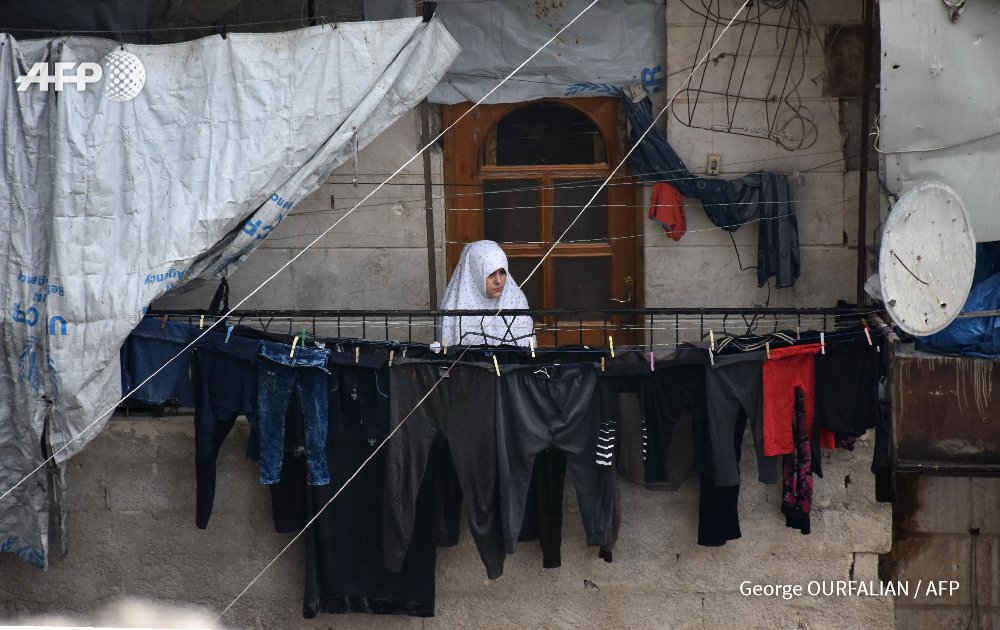
SYRIA
- A woman watches from her balcony during an evacuation of Syrian rebel
fighters and civilians from Aleppo. By George Ourfalian #AFP: image via Frédérique Geffard @fgeffardAFP, 16 December 2016
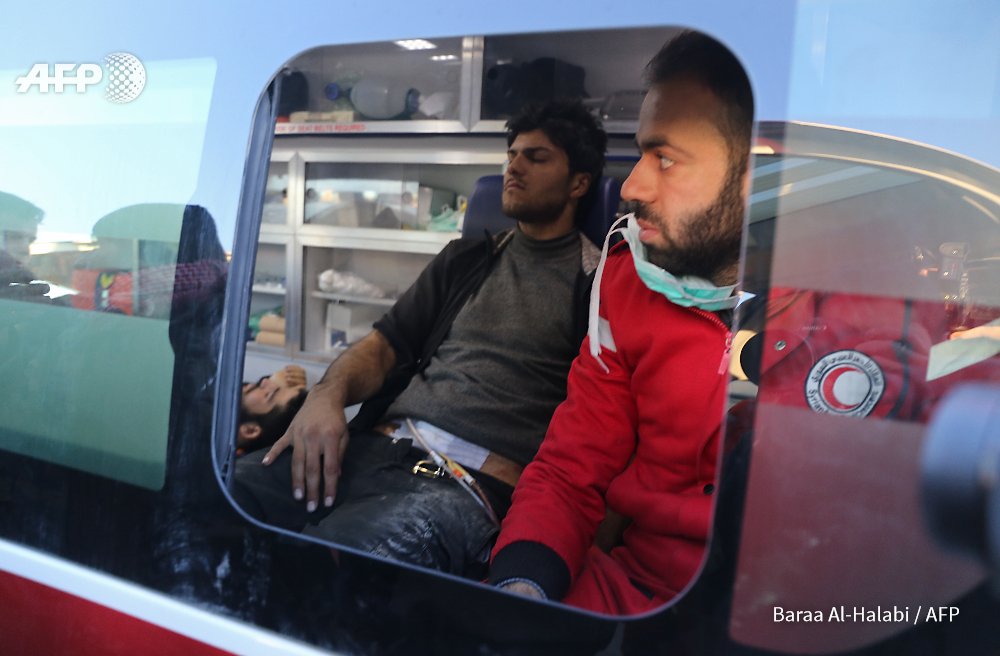
SYRIA - Wounded men evacuated from rebel-held neighbourhoods of Aleppo, sit in ambulance in opposition-controlled area. By @baraaalhalabi: image via Frédérique Geffard @fgeffardAFP, 16 December 2016

SYRIA - A wounded girl evacuated from rebel-held neighbourhoods in Aleppo, arrives in the opposition-controlled area. By @baraaalhalabi #AFP: image via baraa al halabi @baraaalhalabi, 16 December 2016
The evacuation process suspended for second time because of ceasefire violation by Assad forces during evacuation [of] injure[d]: tweet via baraa al halabi @baraaalhalabi, 16 December 2016
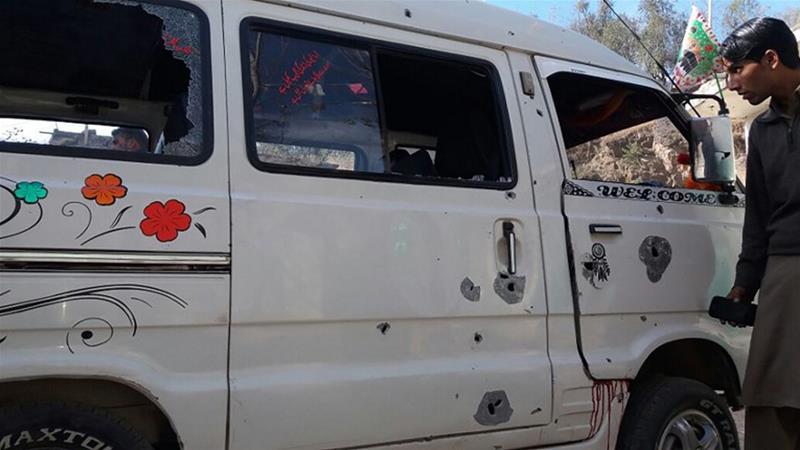
One dead in 'Indian shelling' on school van in Kashmir: image via Al Jazeera News @AJENews, 16 December 2016
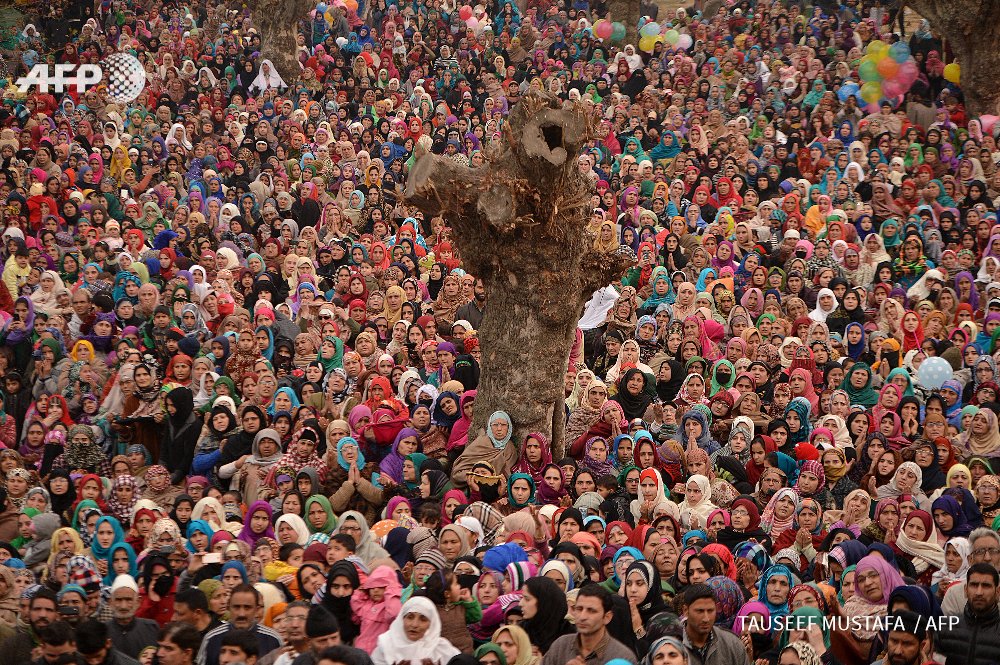
INDIA - Kashmiri Muslims pray as custodian displays relic believed to be hair from beard of Prophet Mohammed in Srinagar. By @TauseefMUSTAFA: image via Frédérique Geffard @fgeffardAFP, 16 December 2016
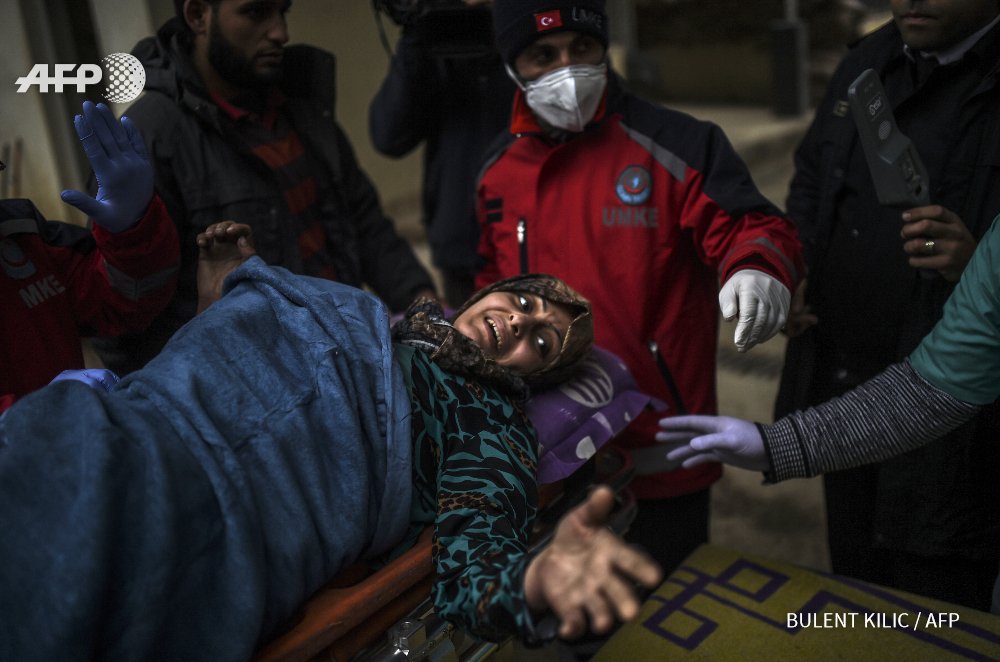
SYRIA - Injured people from Aleppo are being transported from Syrian side of Bab al-Hawa border crossing to hospital in Turkey. By @Kilicbil: image via Frédérique Geffard @fgeffardAFP, 16 December 2016
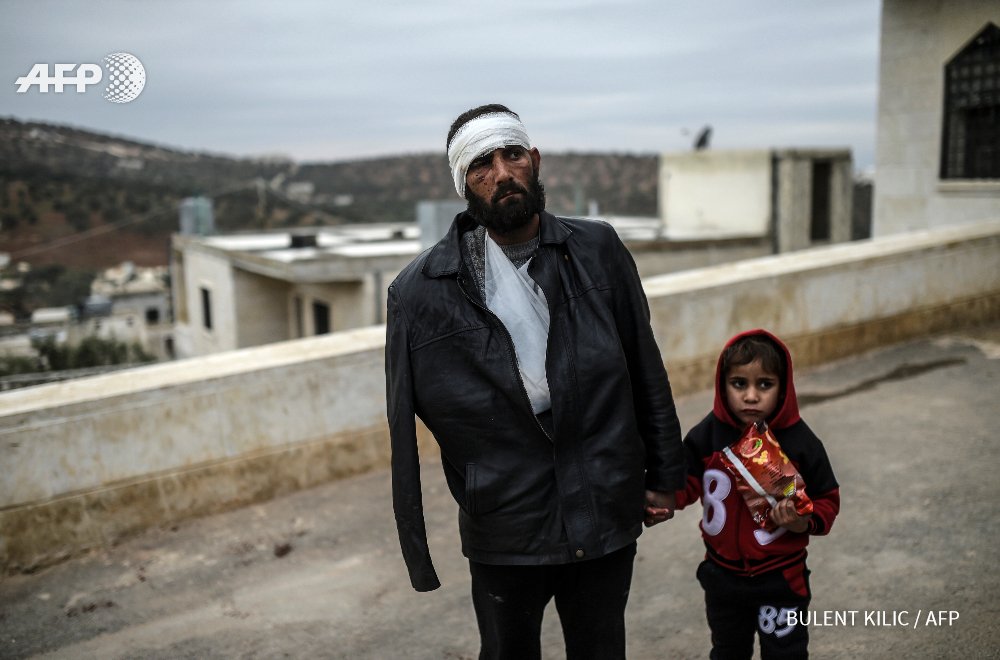
SYRIA - Injured people from Aleppo are being transported from Syrian side of Bab al-Hawa border crossing to hospital in Turkey. By @Kilicbil: image via Frédérique Geffard @fgeffardAFP, 16 December 2016
Kashmiri Muslims react upon seeing a relic believed to be a hair from the beard of Prophet Mohammed, being displayed on the Friday following the festival of Eid-e-Milad-ul-Nabi, the birthday anniversary of the prophet, at the Hazratbal shrine in Srinagar: photo by Danish Ismail/Reuters, 16 December 2016
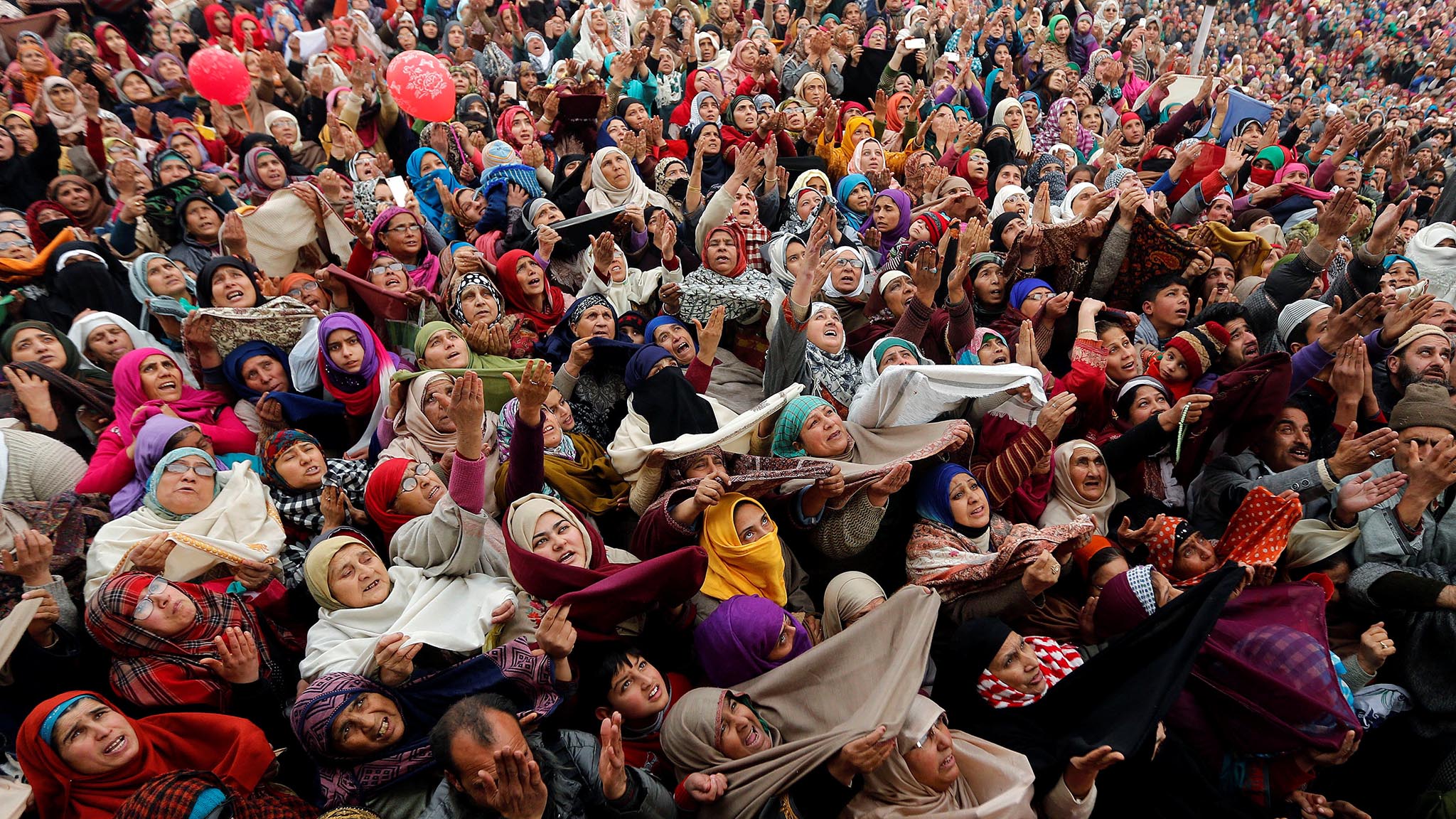
Kashmiri Muslims react upon seeing a relic believed to be a hair from the beard of Prophet Mohammed, being displayed on the Friday following the festival of Eid-e-Milad-ul-Nabi, the birthday anniversary of the prophet, at the Hazratbal shrine in Srinagar: photo by Danish Ismail/Reuters, 16 December 2016
The pre-Alpine region near Bernbeuren, southern Germany, is pictured during sunrise: photo by Karl-Josef Hildenbrand/dpa/AFP, 16 December 2016
The pre-Alpine region near Bernbeuren, southern Germany, is pictured during sunrise: photo by Karl-Josef Hildenbrand/dpa/AFP, 16 December 2016
Russian President Vladimir Putin, and Japanese Prime Minister Shinzo
Abe, watch a performance of judo, when they visits the Kodokan Judo
Institute, the headquarters of the worldwide judo community, in Tokyo,
Japan: photo by Toru Yamanaka/EPA, 16 December 2016
Women and children with their baggage await evacuation from the eastern part of Aleppo, Syria: photo by Ghith Sy/EPA, 16 December 2016
Women and children with their baggage await evacuation from the eastern part of Aleppo, Syria: photo by Ghith Sy/EPA, 16 December 2016
Aleppo evacuation halted without explanation - WHO: Reuters, 16 December 2016
The evacuation of wounded and civilians
from eastern enclaves of Aleppo was aborted on Friday and aid agencies
and vehicles were told to leave the area without explanation, the World
Health Organization (WHO) said on Friday.
Elizabeth Hoff, WHO representative in Syria, speaking from west Aleppo, told a news briefing in Geneva: "I assume the message (to abort the operation) came from the Russians who are monitoring the area". Her team of nine staff in east Aleppo had no contact with Syrian authorities at the Ramouseh transit site.
By 7 a.m. local time, 194 evacuated patients had arrived in eight "overwhelmed" hospitals in opposition-held rural parts of western Aleppo, in Idlib and nearby Turkey, according to the latest WHO figures. War-wounded patients have brain and eye damage, while others are being treated for chronic diseases including diabetes, Hoff said.
Elizabeth Hoff, WHO representative in Syria, speaking from west Aleppo, told a news briefing in Geneva: "I assume the message (to abort the operation) came from the Russians who are monitoring the area". Her team of nine staff in east Aleppo had no contact with Syrian authorities at the Ramouseh transit site.
By 7 a.m. local time, 194 evacuated patients had arrived in eight "overwhelmed" hospitals in opposition-held rural parts of western Aleppo, in Idlib and nearby Turkey, according to the latest WHO figures. War-wounded patients have brain and eye damage, while others are being treated for chronic diseases including diabetes, Hoff said.

Syrians were evacuated from a rebel-held area of eastern Aleppo on Friday: photo by Agence France-Presse, 15 December 2016

Syrians were evacuated from a rebel-held area of eastern Aleppo on Friday: photo by Agence France-Presse, 15 December 2016



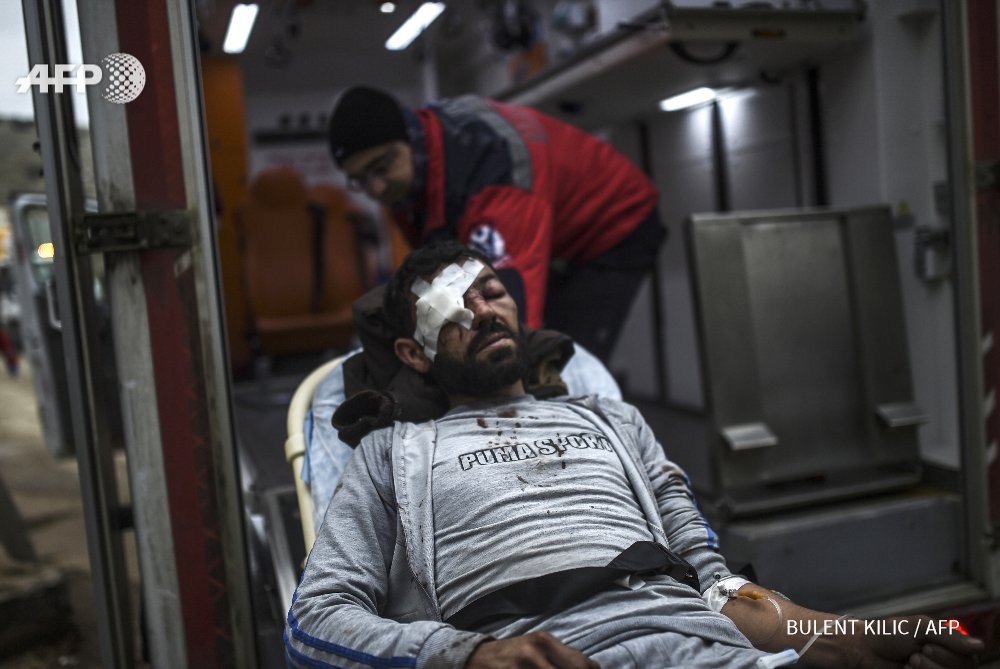

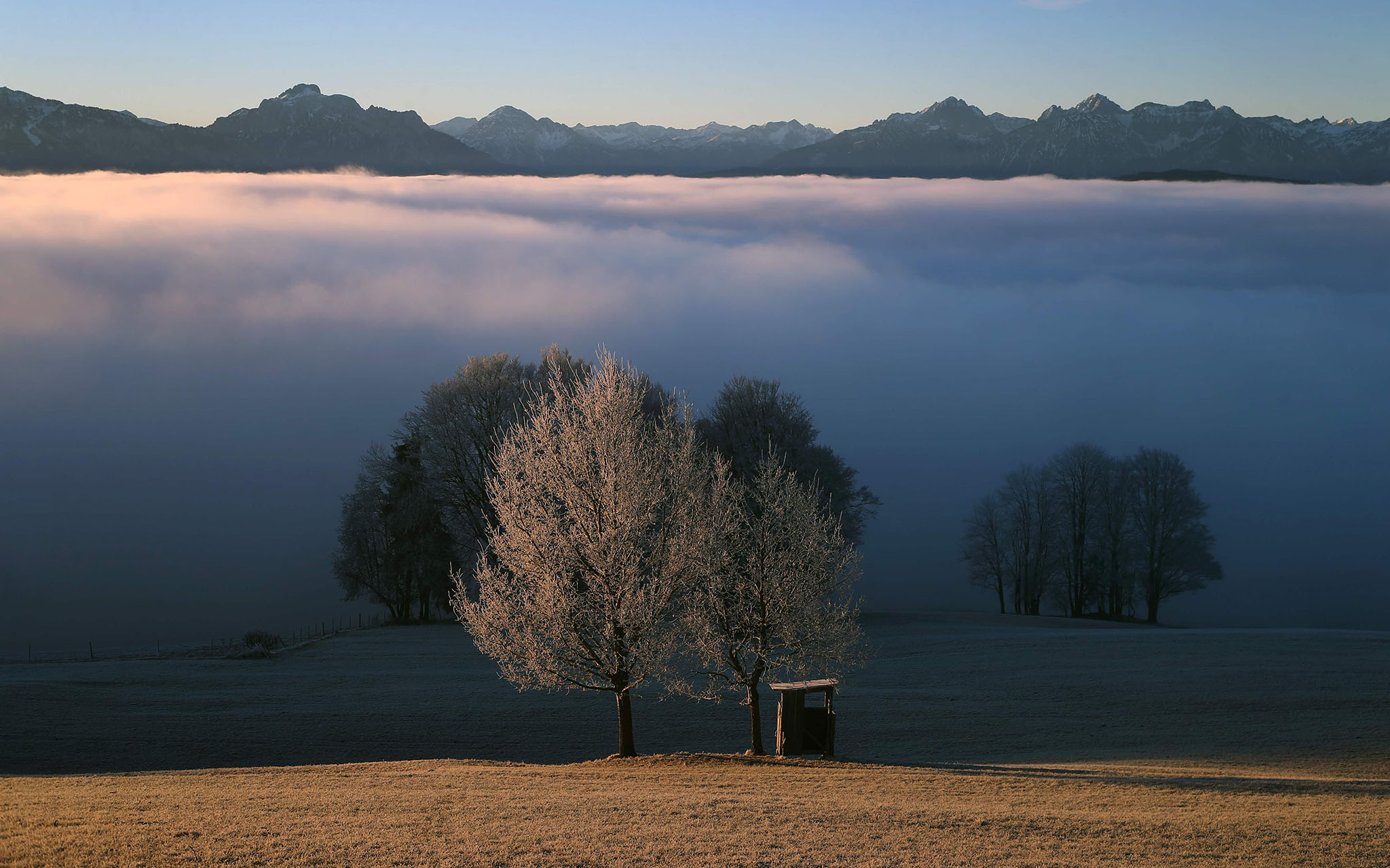
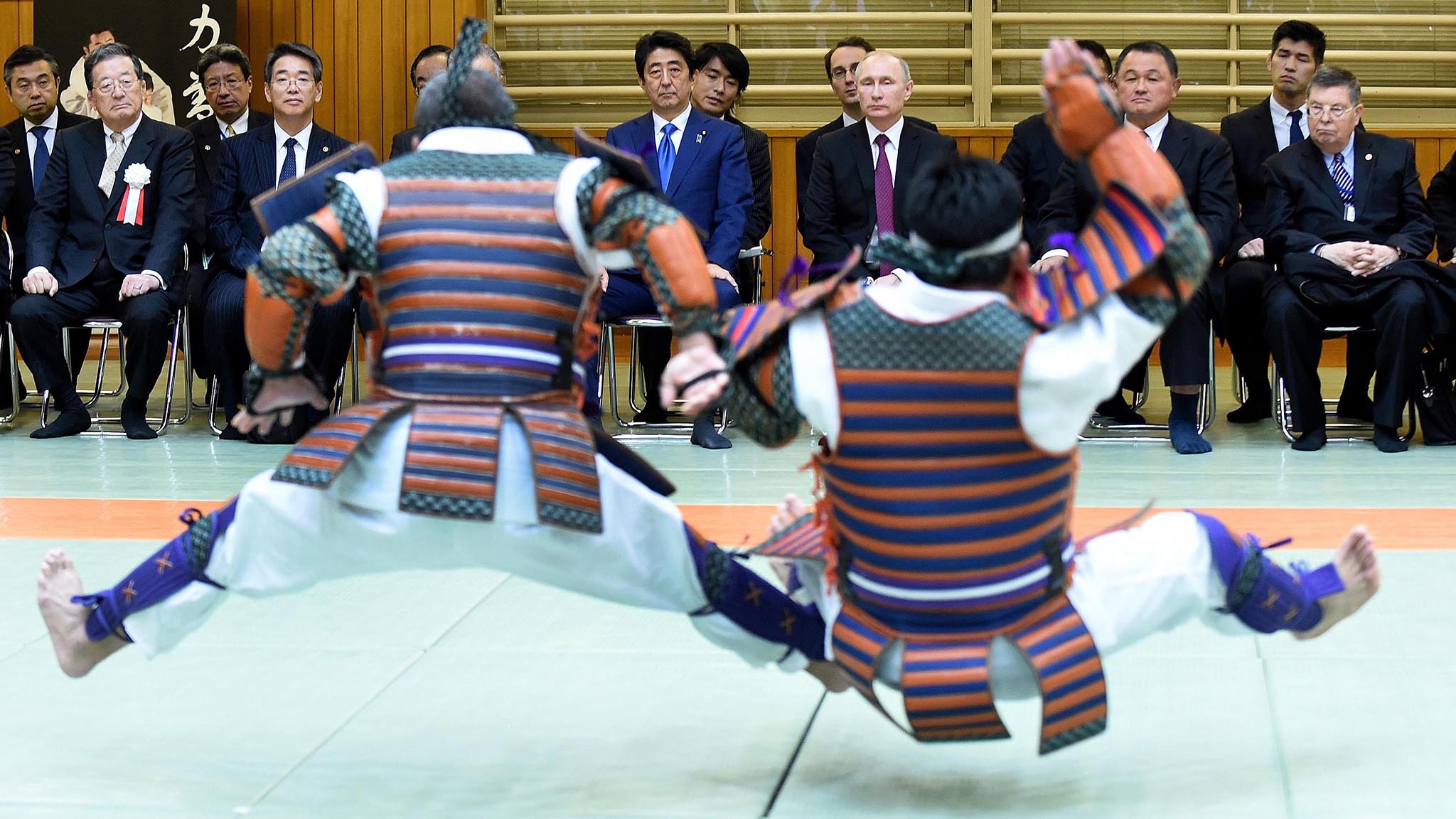








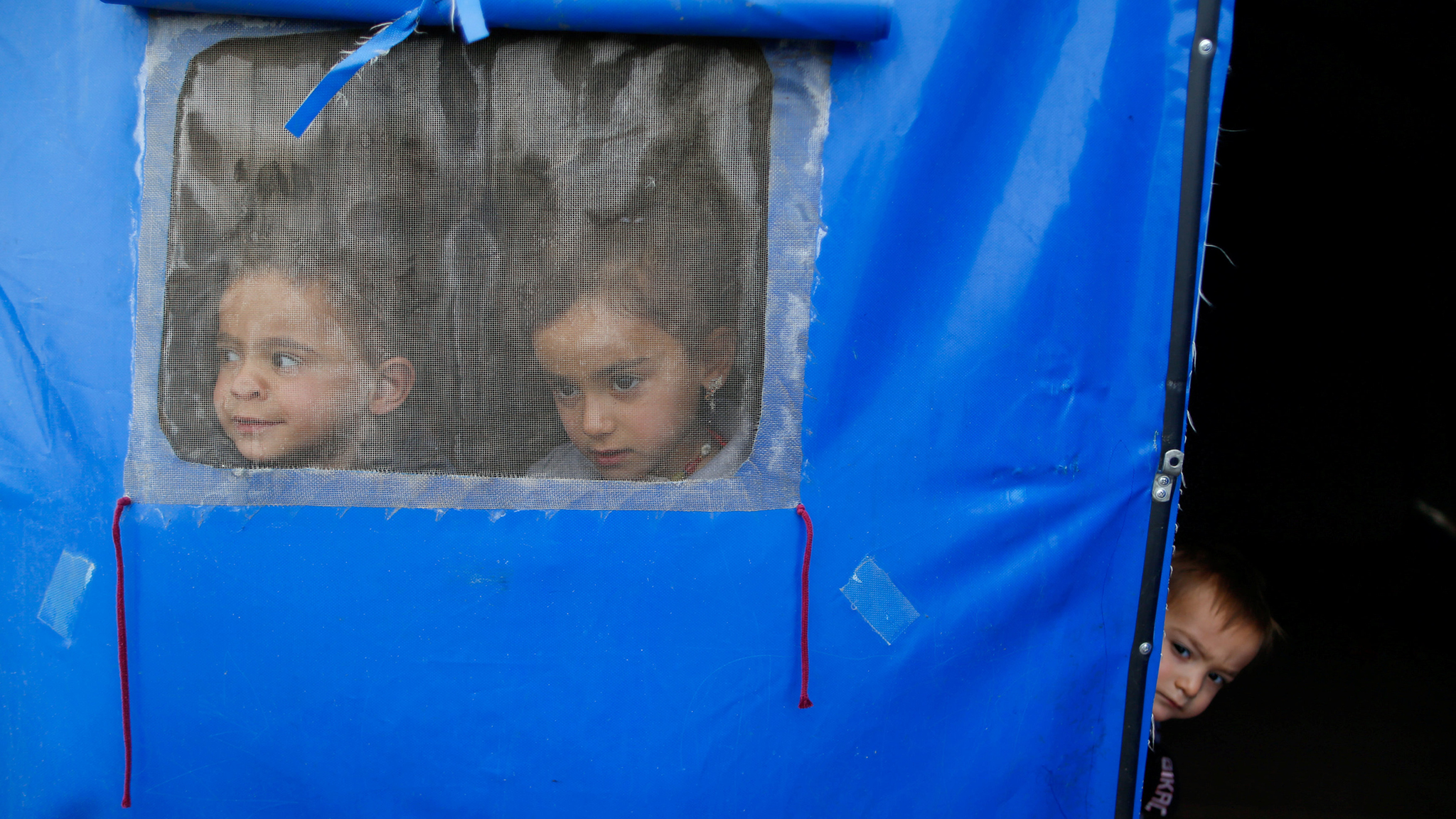



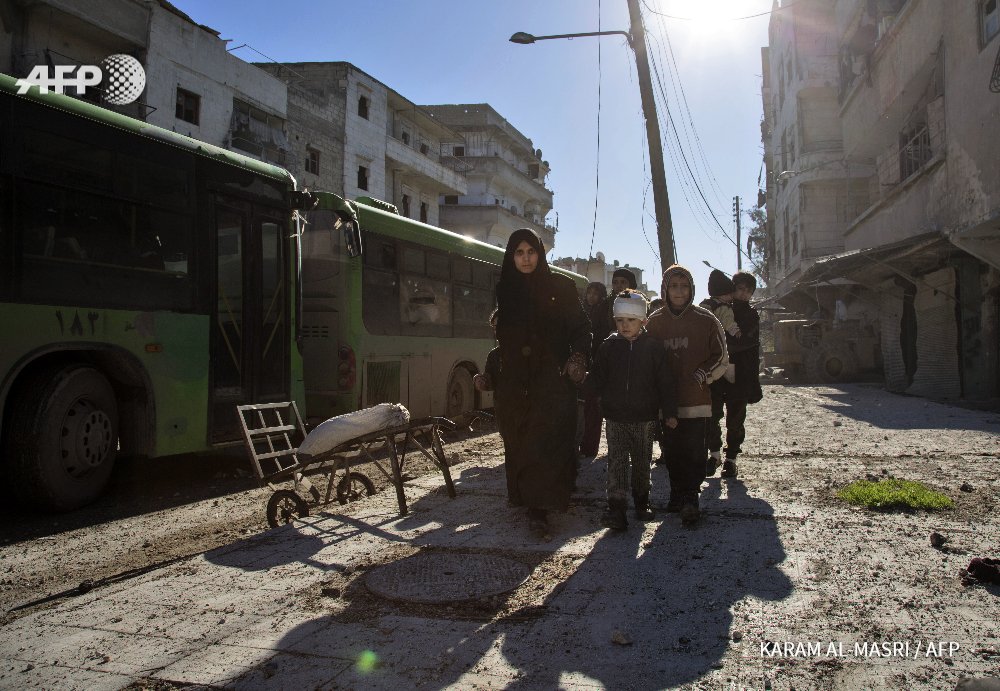



















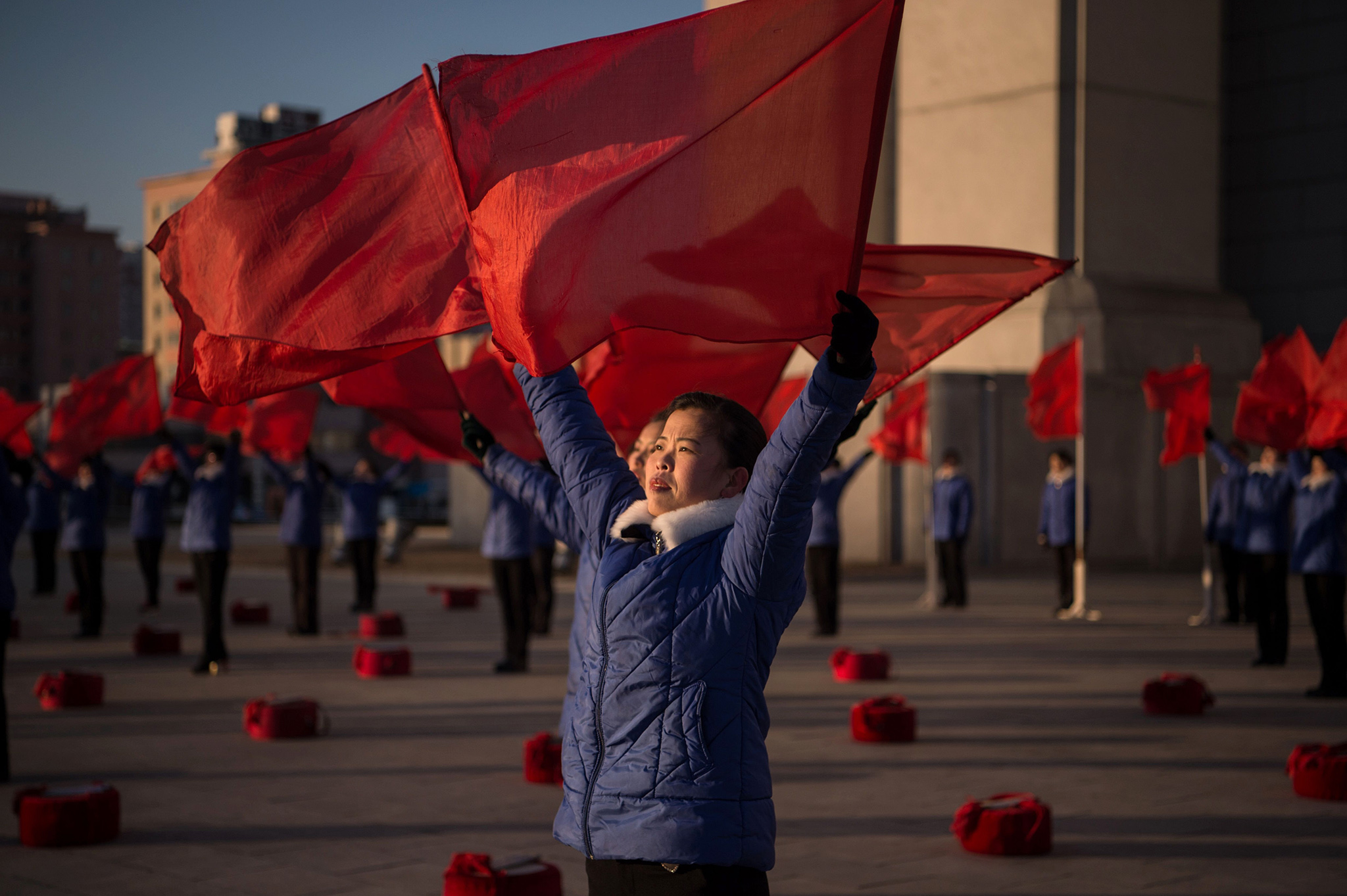

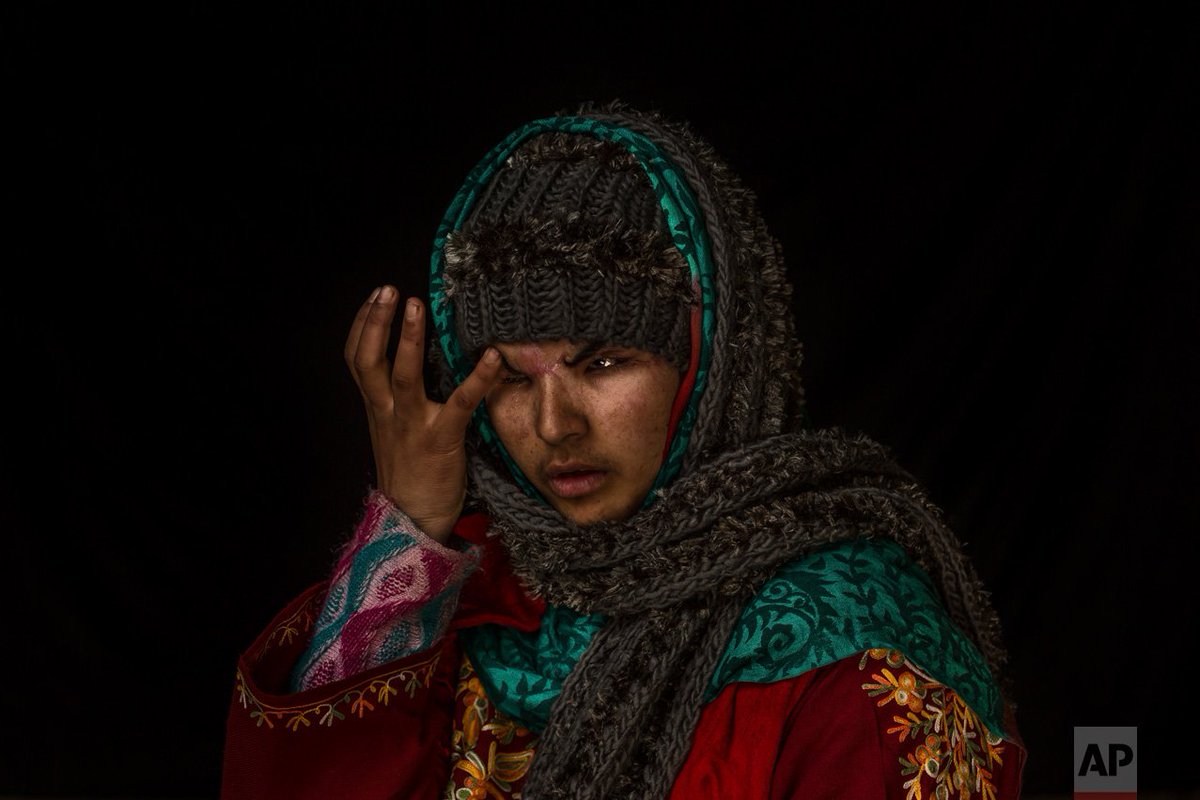

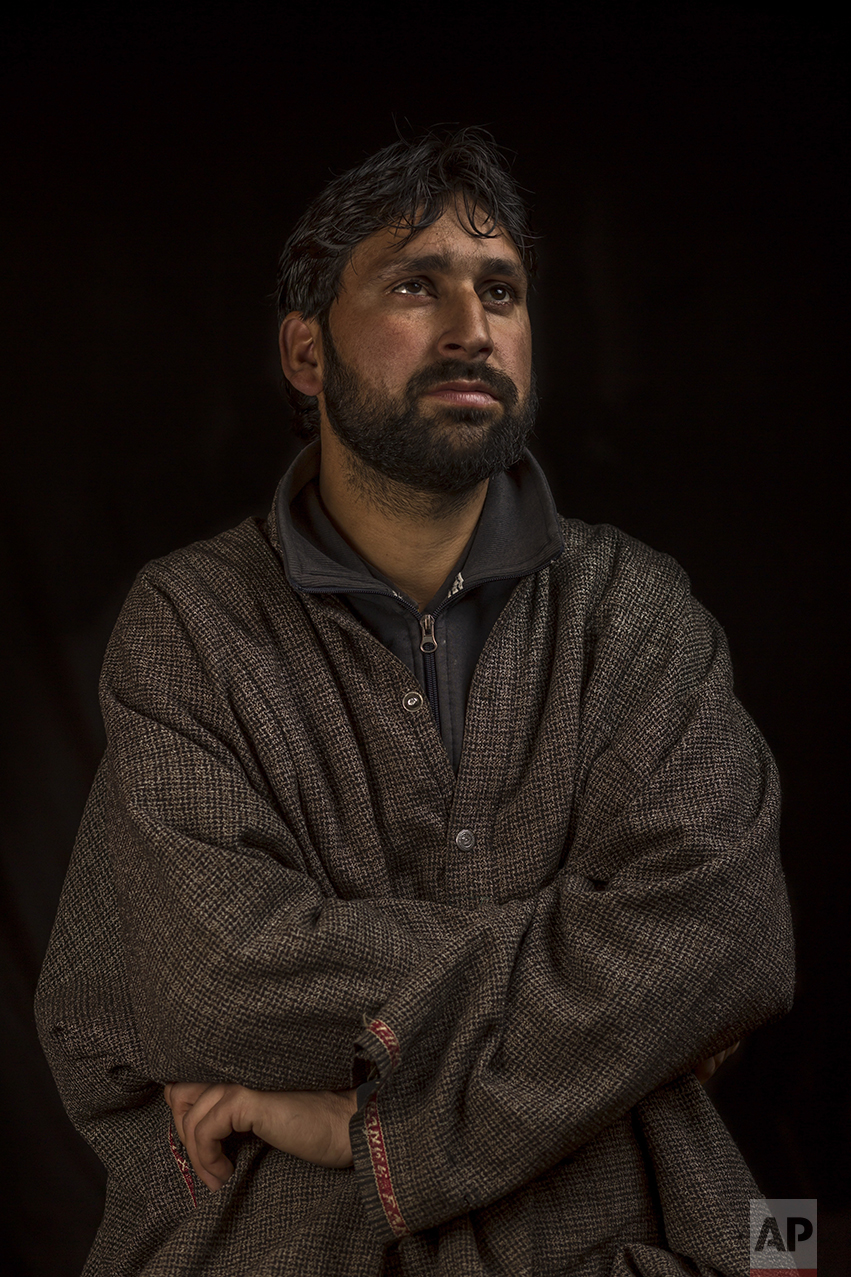
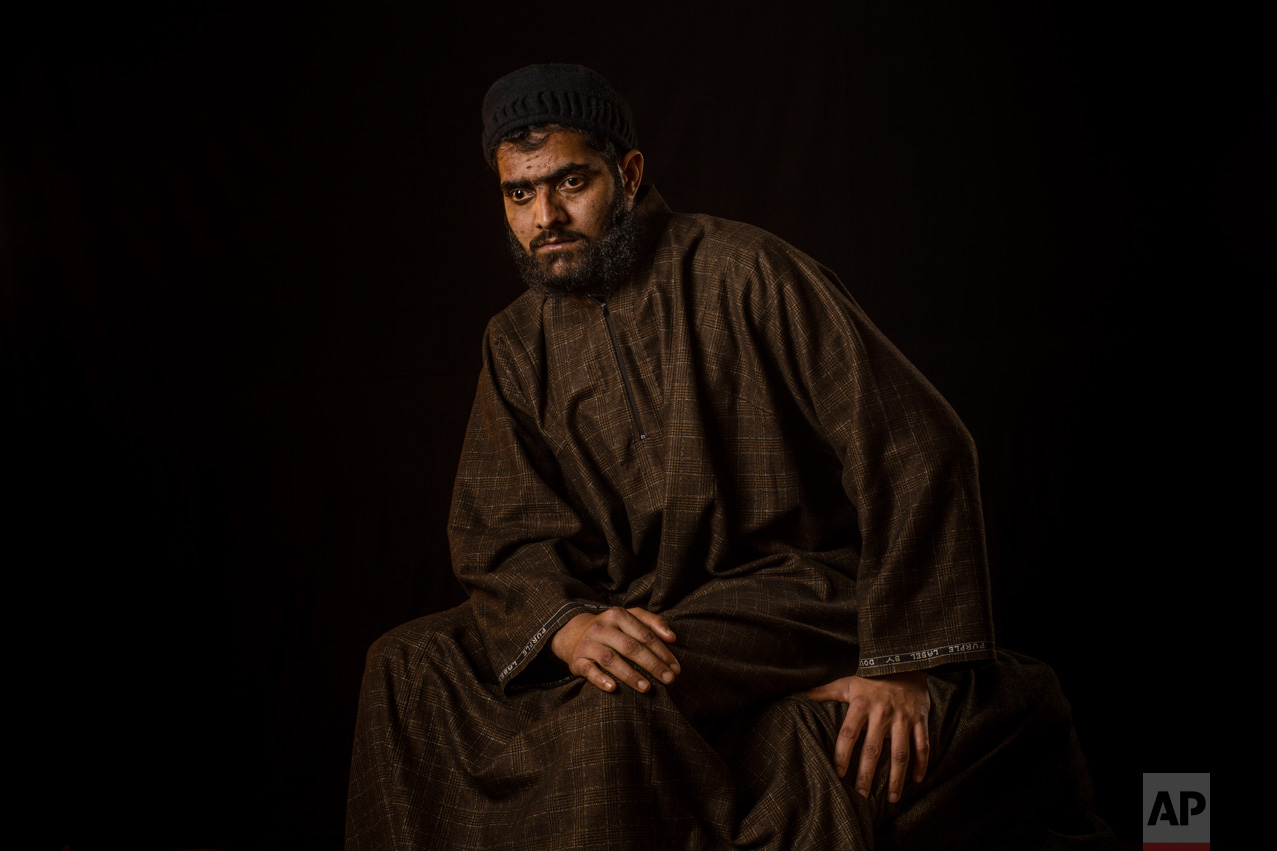


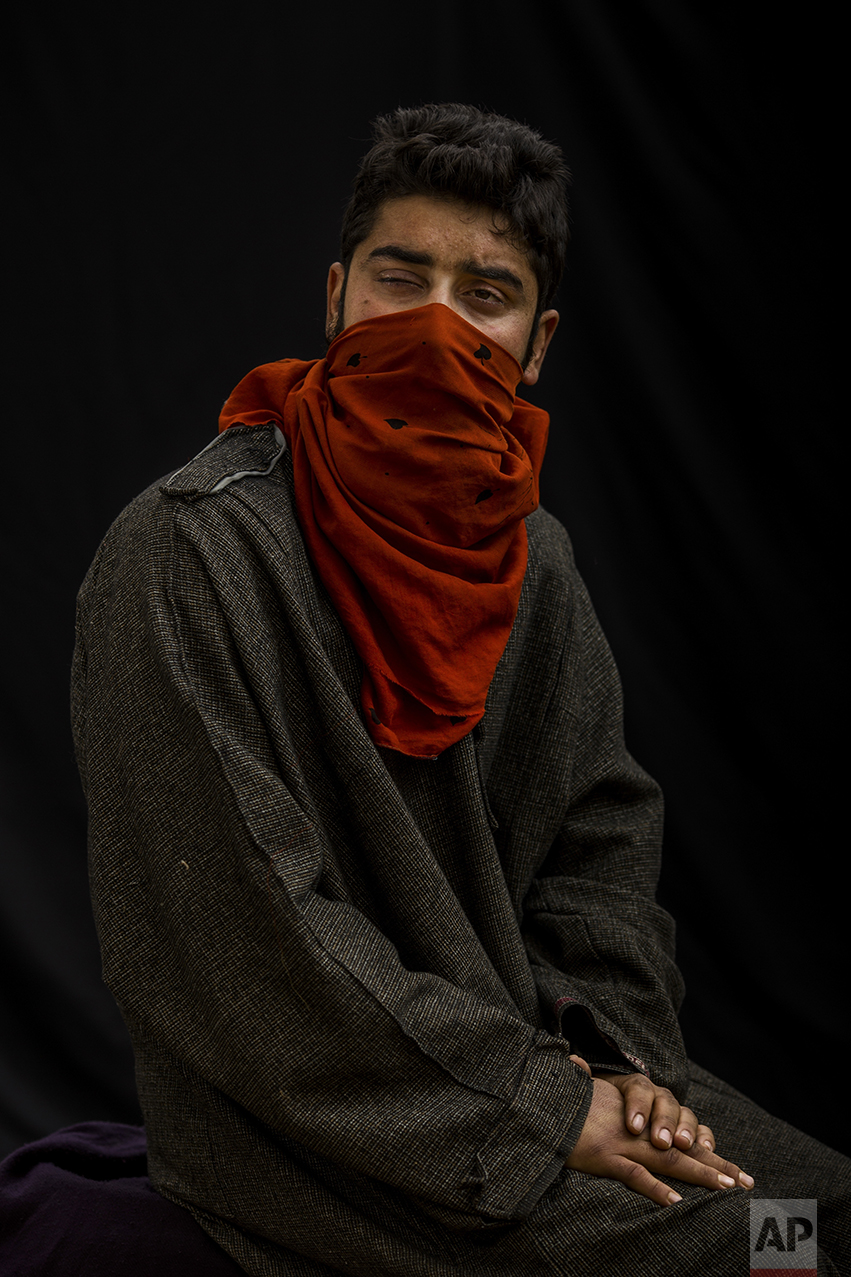






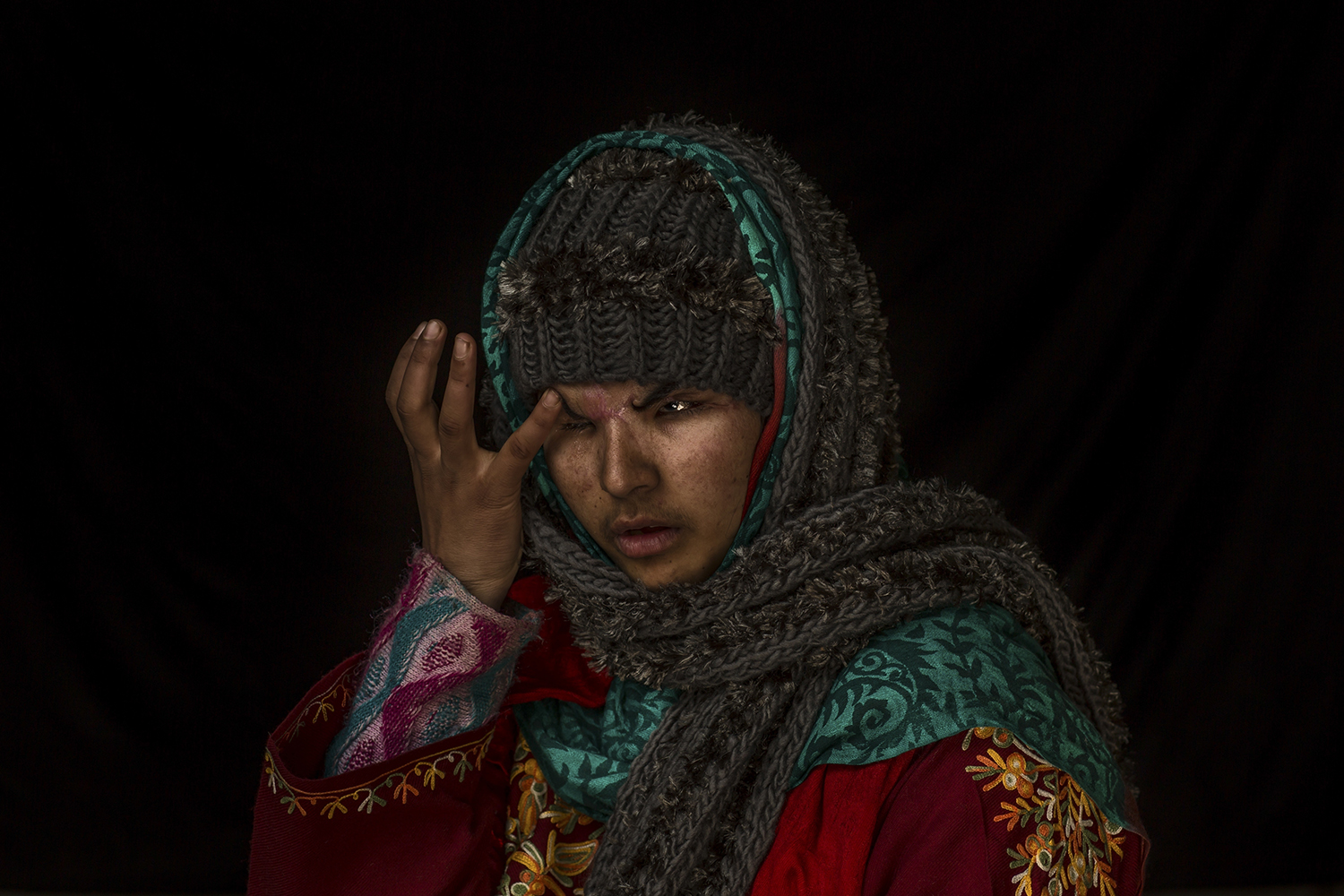



2 comments:
TC: I am watching every day. k
The suspension was said to have resulted from the refusal of al-Qaida-linked militants to allow the evacuation of wounded civilians from Fua and Kefraya, two Shia villages in the Idlib province that have been besieged by Islamist rebels for years and whose relief was part of the agreement, offered as a concession to Iran. Tehran-backed militias spearheaded the assault on east Aleppo.
--N. Slawson, The Guardian.
"Rebels"?
"America was forced to watch from the sidelines"
Er..really?
Post a Comment